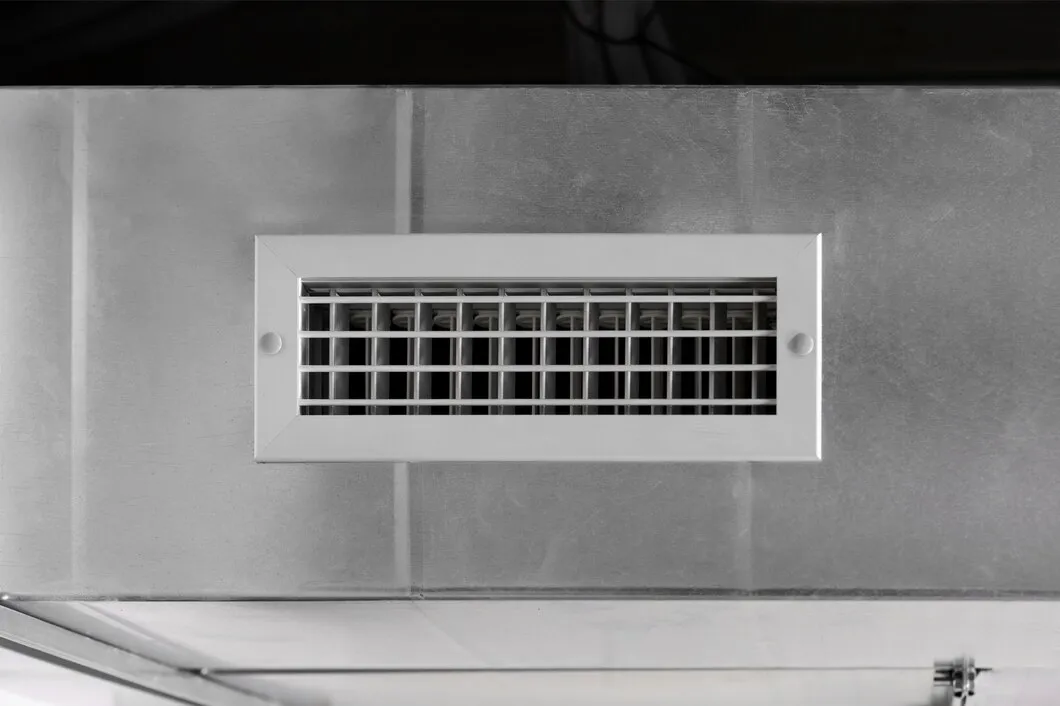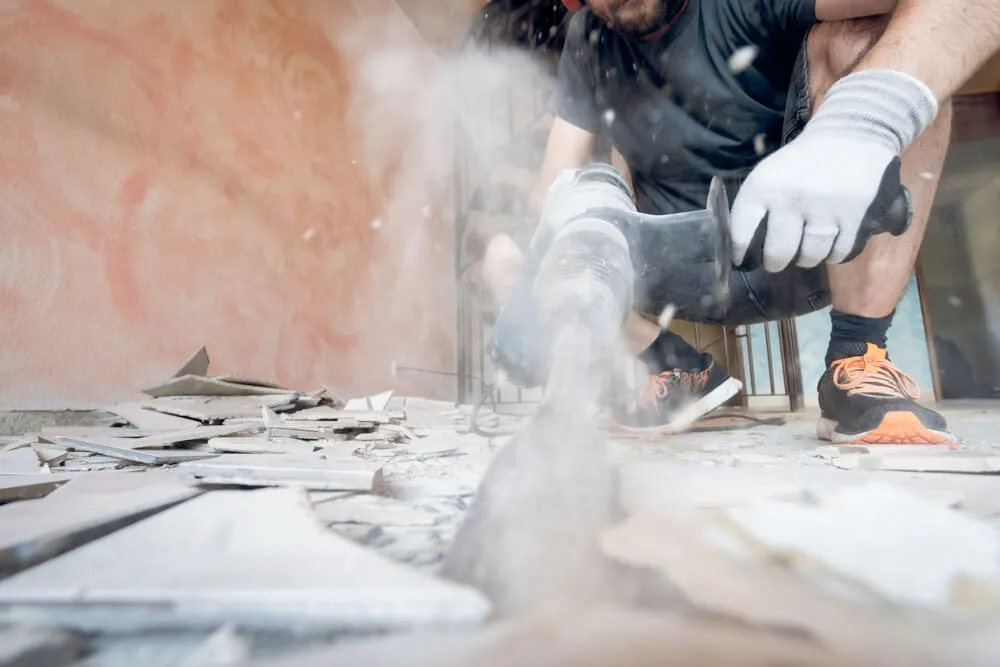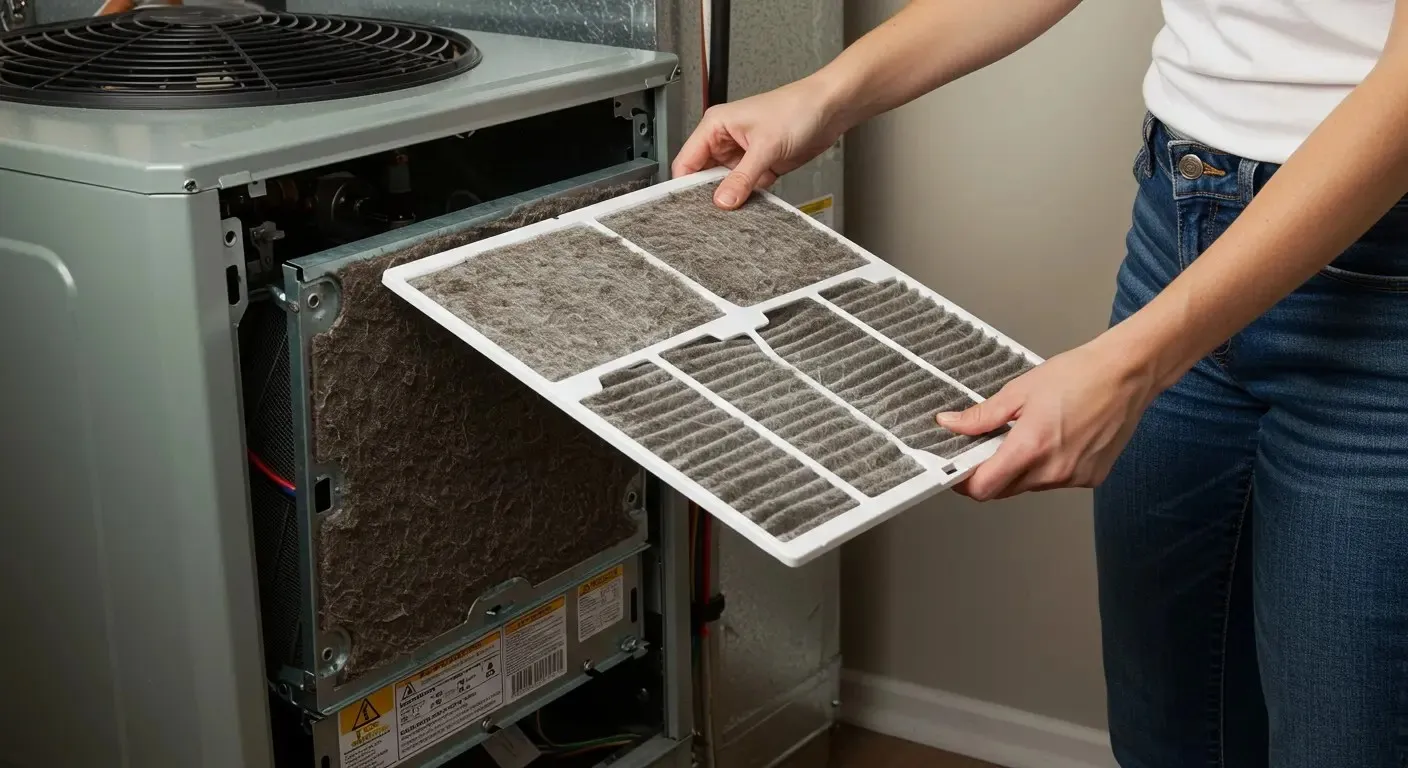
Ductwork is designed to provide comfortable temperatures and preserve indoor air quality. Have you ever wondered how air ducts are formed or what they are made of? Today, Superior Air Duct Cleaning provides an overview of ductwork design, including the different shapes and materials.
Related Post: How Does an Air Duct System Work?
Air Duct Materials
Air ducts are usually made of sheet metal, but other metals can be used under certain circumstances. Here are the most popular types of duct materials and what they are used for:
Galvanized Steel
Galvanized steel is the most common material used in ductwork fabrication. Steel ductwork expands and contracts as it heats and cools.
Aluminum
The next popular duct material is aluminum. Aluminum ductwork is often used for cleanroom facilities and special exhaust systems.
Stainless Steel
Next, stainless steel is a material used in air ducts for kitchen and fume exhaust. Some of these ducts are exposed while others are concealed.
Carbon Steel (Black Iron)
Carbon Steel is commonly used in applications that involve flue pipes and chimneys.
Non-Metallic Ducts
It might surprise you that not all ducts are made of metal. Fiberglass Reinforced Plastic (FRP) is mainly used for chemical exhaust and underground duct systems.
- Fiberboard is made from fiberglass strands that are bound by resin. It maintains temperatures longer, but due to its textured exterior, trapped dirt is harder to clean.
- Fabric ducting (aka textile ducts) is often made of absorbent polyester material and can be seen in laboratories, school cafeterias, or large offices. Lastly, some ducts are composed of a softer flex material.
- Flex ducts have an inner liner that is supported by a wire coil and covered by insulation. This flexible ductwork is used in both new construction and older homes.
Related Post: Fiberglass Vs. Cellulose Insulation — A Comparison Guide
Air Duct Shapes
Ducts are typically formed by folding sheet metal into the required shape. The most common shapes are round, rectangular, and oval ducts. There are some advantages and disadvantages of each duct shape.
Round
Round ducts are the most efficient in transporting air. They use less material than rectangular ducts to handle the same amount of air.
Rectangular
Square or rectangular ducts are designed to fit building construction. While they fit into walls and above ceilings, these ducts use more metal than round ducts to produce the same airflow rate.
Oval
Oval ducts are flat and have smaller height requirements than round ducts. These ducts tend to become more round when under pressure.
Related Post: Different Techniques Used to Clean Air Ducts
Various Sub-Types of Air Duct Shapes
- Bend ducts are used for tight changes in corners in cramped areas like attics. They're easily crimped on one end to fit into the pipe or flex-duct that has an equal diameter. There are various types of bend ducts, for instance, the 90-degree bend duct.
- Three-way air ducts are designed to redistribute airflow in multiple directions.
- Spiral air ducts are a subset of round ducts that offer a quieter alternative to rectangular air ducts, where air must move along sharp edges, turning vanes, and dampers. The spiral design allows for air to flow more easily.
Improve Your Health, Comfort, and Air Quality
Regardless of the shape and material, your air ducts need to stay clean and clear. Superior Air Duct Cleaning is dedicated to improving your health and air quality. For more information about our duct cleaning services, browse our website or call.

Customer Reviews





Solving Poor Airflow Issues in Gibsonia Dryer Vents

Why Your Canfield Home Feels Stuffier in Summer: Duct Problems

Addressing Excessive Dust in Your Coraopolis Office Building

What Whistling Sounds from Your Wexford Vents Indicate

Combating Summer Humidity with Clean Air Ducts in Youngstown

Troubleshooting Burning Smells from Your Ellwood City Dryer Vent

How Restaurant Duct Contamination Affects Food Quality in Cranberry Township

Addressing Musty Odors from Your Canfield Air Ducts

Why Your Air Ducts in Wexford Are Making Popping Sounds

The Hidden Dangers of Lint Buildup in Youngstown Dryer Vents

Why Your Energy Bills Rise with Dirty Vents

Solving Common Dryer Performance Issues in Austintown

Fixing Uneven Airflow Problems in Wexford Homes

Why Your Austintown Dryer Is Overheating: Vent Obstruction Signs

What Makes Professional Duct Cleaning Different in Youngstown

Managing Spring Allergies with Clean Air Ducts

Slow-Drying Clothes: A Sign Your Dryer Vent Needs Attention

Signs of Animal Nesting in Your Ellwood City Dryer Vent

How Poor Duct Maintenance Affects Your Canfield Home

Removing Pet Dander from Your Home's Air Ducts

Common Causes of Air Duct Leaks in Older Homes

Why Dust Keeps Appearing in Your Coraopolis Home

How Dirty Ducts Impact Your Business Operations

Why Your Gibsonia Dryer Takes Longer to Dry Clothes

How Often Should Wexford Homeowners Clean Their Ductwork

Warning Signs Your Dryer Is Not Venting Properly

Black Spots in Air Vents: Addressing Mold Growth Problems

What Happens During a Professional Ductwork Inspection in Mars

Spring Cleaning Your Air Ducts: What You Need to Know

The Link Between Breathing Problems and Dirty Air Ducts

Health Benefits of Clean Air Ducts for New Castle Residents

How to Spot Dryer Vent Blockages in Your Youngstown Home

Air Quality Issues in Office Buildings: When to Clean Commercial Ducts

Common Air Quality Problems That Duct Cleaning Solves in Wexford

Strange Noises from Your Dryer Vent: What They Mean

What Air Pollutants Can Professional Duct Cleaning Remove in Canfield

How Clogged Dryer Vents Increase Fire Risk in Sewickley Homes

Understanding the Benefits of Professional Dryer Vent Cleaning

How Air Duct Cleaning Can Improve Your HVAC System Efficiency

Why Regular Duct Cleaning is Essential for Home Air Quality

The Necessity of Commercial Duct Cleaning Explained

Duct Disinfecting & Deodorizing

Preventing Home Hazards with Our Dryer Vent Cleaning Services

How Air Duct Cleaning Boosts Indoor Air Quality

Understanding the Role of a Duct Cleaning Company in Home Maintenance

Why You Need Our Skilled Duct Cleaning Professionals

The Steps Our Technicians Follow in Ductwork Cleaning

Benefits of Whole House Sanitizing for Healthier Living

Why Dryer Vent Cleaning is Important for Home Safety

Whole House Sanitizing: Keeping Your Home Safe and Clean

When to Schedule Air Duct Cleaning for Optimal Performance

Dryer Vent Cleaning: Essential for Preventing Fires

The Impact of Commercial Duct Cleaning on Workplace Health

How Air Duct Cleaning Enhances Your Home's Atmosphere

Whole House Sanitizing: Ensuring a Healthier Living Space

Preventing Risks with Our Dryer Vent Cleaning Services

How to Know When Your Home Needs Our Duct Cleaning Services

Essential Reasons for Scheduling Air Duct Cleaning Today

Prevent Fire Hazards with Professional Dryer Vent Cleaning

Understanding the Importance of Air Duct Cleaning Services

How Professional Dryer Vent Cleaning Prevents Home Fires

The Importance of Regular Dryer Vent Cleaning for Home Safety and Efficiency

The Process and Benefits of Thorough Ductwork Cleaning

The Benefits of Air Duct Cleaning Services for Your Home

The Benefits of Commercial Duct Cleaning for Your Business

Understanding the Difference Between Residential and Commercial Duct Cleaning Services

Guard Against Germs: The Advantages of Whole-House Sanitizing Services

The Impact of Residential Duct Cleaning on Indoor Air Quality and Overall Health

Enhancing Workspace Health: The Benefits of Routine Commercial Duct Cleaning

How Regular Duct Cleaning Can Impact Your Home’s Energy Efficiency

Strategies to Maintain Air Purity in Large Workspaces Through Commercial Duct Cleaning

Comprehensive Guide to Reducing Allergens with Professional Duct Cleaning Techniques

Freshen Your Space: Professional Duct Disinfecting and Deodorizing Explained

Maximize Home Air Quality with Professional Residential Duct Cleaning

Experience Superior Whole-Home Disinfection Services for a Cleaner, Healthier Environment

Importance of Regular Dryer Vent Cleaning for Safety and Efficiency

Commercial Duct Cleaning: An Investment In Your Business' Health And Success

How To Prevent Mold Growth In Your Air Ducts: Expert Tips For A Healthier Home

Is Mold Always Visible?

The Most Common Questions About Dryer Vent Cleaning: Answers From the Experts

The Ultimate Guide To Residential Air Duct Cleaning: Enhance Your Home's Air Quality

How Often Should You Clean Your Air Ducts?

Managing Pet Ordors Dender

What Does An Air Duct Inspection Include?

How to Choose a Duct Cleaning Company: 10 Questions to Ask

4 Ways Your Dirty Air Ducts Are Costing You Money

Top Benefits Of Air Duct Cleaning For Universities & Schools

A Guide To Air Duct Cleaning Equipment

Is Sanitizing Air Ducts Worth The Money?

4 Dangerous Warning Signs Your Dryer Vent Is Clogged

Easy Ways To Keep Your Home Mold Free

How Whole Home Sanitization Staves Off Fall Allergies

DIY Guide To Attic Insulation Removal: Tips And Tricks
.webp)
5 Must-Know Facts Before Buying Air Duct Cleaning Services

Air Duct Cleaning Tips After Home Renovation Or Construction

Natural Home Deodorizing Tips To Kill Bad Odors

Superior Air Duct Covers the Top Air Duct Cleaning Scams to Avoid

How Long Will A Dryer Last?

What Causes Humidity In Air Ducts?





